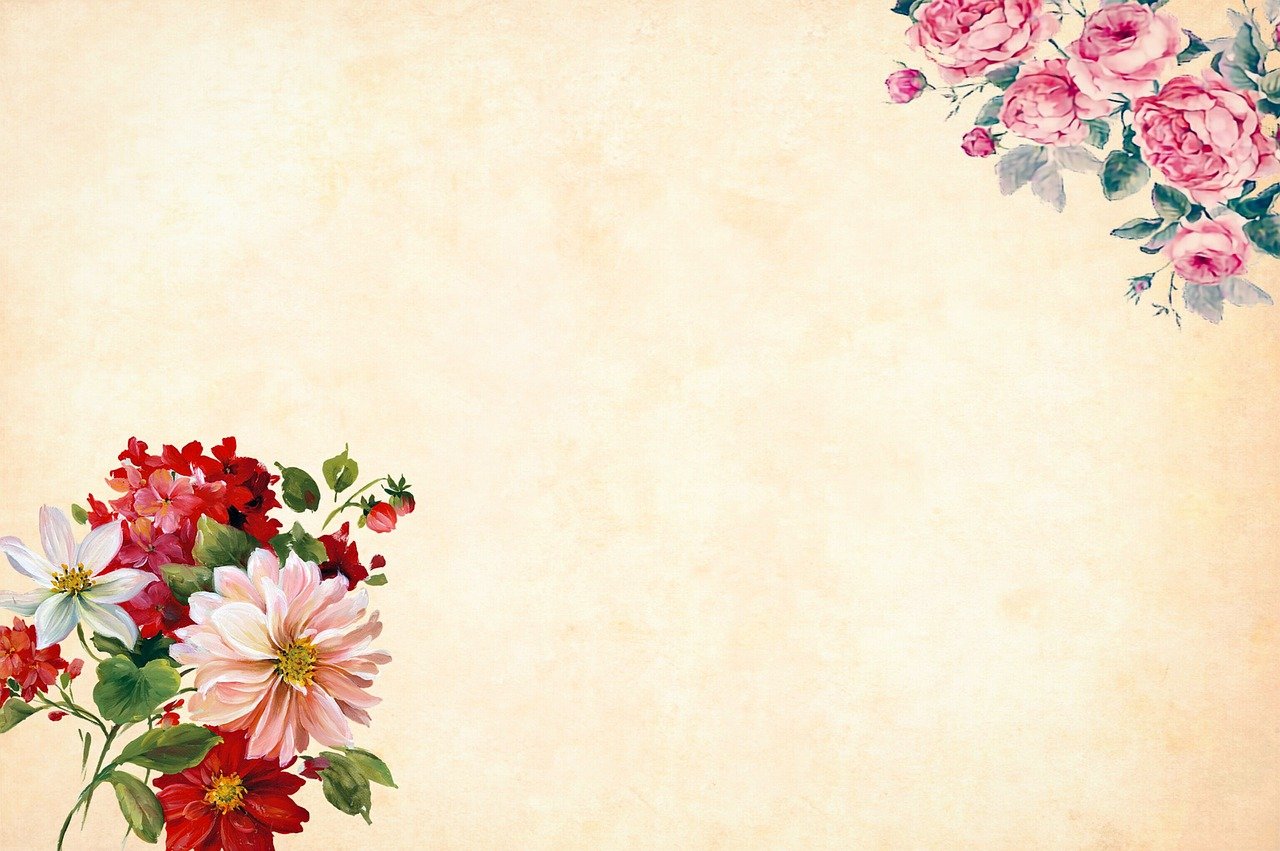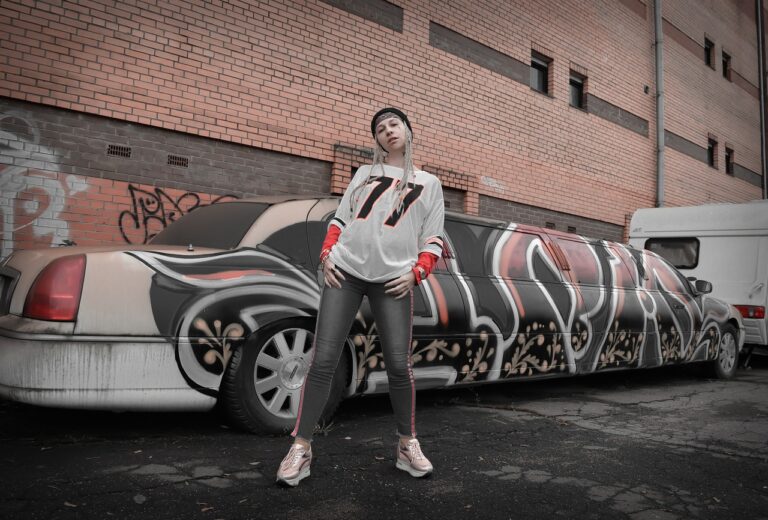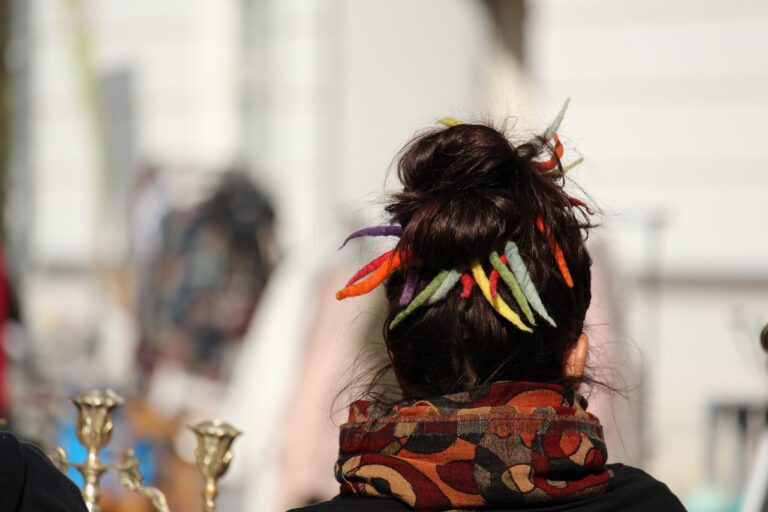Fashion and Cultural Appropriation: Navigating the Fine Line Between Appreciation and Insensitivity
Cultural appropriation in the fashion industry has long been a controversial issue, sparking debates among designers, consumers, and cultural activists. When elements of a marginalized culture are adopted by dominant groups without proper acknowledgment or respect, it can perpetuate harmful stereotypes and erode the significance of those cultural symbols. This not only disrespects the source culture but also contributes to a power dynamic that favors the appropriating group, further marginalizing the already disadvantaged communities.
The impact of cultural appropriation in fashion extends beyond just the aesthetic realm. It reflects and reinforces deeper issues of inequality and exploitation present in society. By commodifying aspects of a culture for profit without engaging with or understanding the cultural significance behind them, fashion brands risk perpetuating a cycle of colonialism and exploitation that undermines the authenticity and integrity of the communities from which these elements are borrowed. This raises important questions about ethics, representation, and the responsibility of fashion houses in promoting diversity and inclusion.
• Cultural appropriation in fashion perpetuates harmful stereotypes and erodes the significance of cultural symbols
• It disrespects the source culture and contributes to a power dynamic that favors the appropriating group
• The impact extends beyond aesthetics, reflecting deeper issues of inequality and exploitation in society
• Fashion brands risk perpetuating a cycle of colonialism by commodifying aspects of a culture without understanding their significance
• Raises questions about ethics, representation, and the responsibility of fashion houses in promoting diversity and inclusion
Recognizing the Difference Between Appreciation and Appropriation
Appreciation and appropriation in the realm of fashion have been topics of significant discussion and debate. While appreciation involves acknowledging and respecting the beauty and significance of elements from different cultures, appropriation occurs when these elements are borrowed without proper understanding, credit, or sensitivity.
It is crucial for individuals and fashion designers to be mindful of the impact their choices can have on marginalized communities. Appreciating and celebrating diversity through fashion can be a powerful way to bridge cultural gaps, promote inclusivity, and foster mutual respect. However, it is essential to tread carefully to ensure that inspiration drawn from other cultures is done in a respectful and authentic manner.
Exploring the History of Cultural Appropriation in the Fashion Industry
Cultural appropriation in the fashion industry has a long history that dates back decades. From using traditional indigenous patterns without permission to appropriating religious symbols for profit, the industry has faced numerous controversies over the years. Designers and brands have often been criticized for exploiting cultures for their own gain without giving credit or proper representation to the communities they draw inspiration from.
One of the most memorable instances of cultural appropriation in fashion occurred when a major fashion house showcased a collection heavily inspired by a specific culture, yet failed to acknowledge the origins of the designs or involve members of that community in the creative process. This sparked outrage and led to important discussions about the importance of cultural sensitivity and ethical practices within the industry.
What is cultural appropriation in the fashion industry?
Cultural appropriation in the fashion industry refers to the adoption of elements of a culture by members of another culture without proper understanding, respect, or acknowledgment.
How does cultural appropriation impact the fashion industry?
Cultural appropriation in the fashion industry can lead to the exploitation and misrepresentation of marginalized cultures, perpetuating harmful stereotypes and undermining the work of authentic creators.
What is the difference between cultural appreciation and cultural appropriation in fashion?
Cultural appreciation involves respectfully and ethically engaging with elements of a culture, while cultural appropriation involves taking aspects of a culture without understanding or respecting their significance.
Can you give examples of cultural appropriation in the fashion industry?
Examples of cultural appropriation in the fashion industry include designers using sacred symbols without permission, appropriating traditional garments without acknowledging their origins, or profiting off of cultural trends without giving credit to the communities that inspired them.
How can the fashion industry work towards addressing issues of cultural appropriation?
The fashion industry can work towards addressing issues of cultural appropriation by actively seeking out collaborations with diverse creators, educating themselves on the cultural significance of the designs they use, and ensuring that proper credit and compensation is given to the communities that inspire their work.







